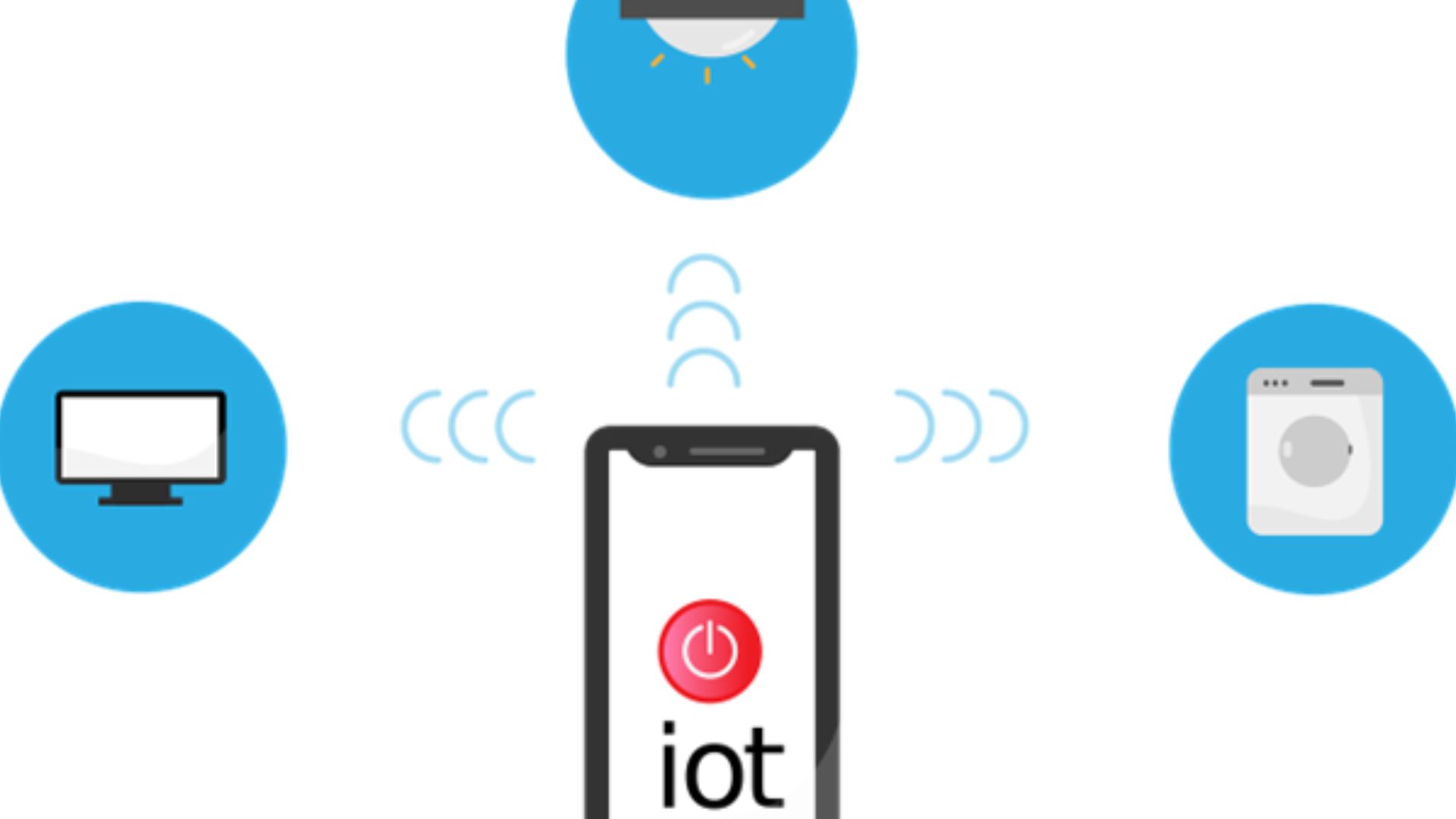Home Security: Why You Should Put IoT Devices on a Guest Wi-Fi Network
The number of internet-connected devices in homes has been growing. It's increased exponentially over the last decade. A typical home now has 10.37...
The Internet of Things (IoT) is rapidly expanding, with more devices becoming interconnected every day. As this growth continues, so do the security risks associated with these devices. Ensuring that your IoT devices remain secure is crucial in protecting sensitive data and maintaining privacy. In this article, we will explore the potential security threats IoT devices face and provide practical solutions to safeguard them.
IoT devices are vulnerable to a variety of threats, ranging from weak passwords to outdated software. Below are some of the most common security risks associated with these devices.
Many IoT devices come with default passwords, and unfortunately, many users neglect to change them. These default passwords are often easy for hackers to guess, leaving devices open to unauthorized access.
IoT devices, like any other technology, rely on software to function. When this software is outdated or not patched, it can contain security vulnerabilities. Hackers can exploit these bugs to gain access to the device or the data it processes.
Some IoT devices transmit data without encryption, meaning that anyone within range can intercept and read the data. Without encryption, sensitive information is exposed to potential attackers.
While IoT devices face various security challenges, there are effective measures that can be taken to improve their security. Here are the most important steps you can take to protect your devices.
Always change the default password when setting up your IoT devices. Use long, complex passwords that are difficult for attackers to guess. Avoid using the same password across multiple devices to minimize the risk of a single breach affecting all your devices.
Software updates often include security patches that address known vulnerabilities. Always ensure that your IoT devices are running the latest version of their software. Many devices will update automatically, but it’s still important to check for updates regularly.
Enable encryption whenever possible. Encryption scrambles the data so that even if it is intercepted, it cannot be read by unauthorized individuals. This adds an important layer of protection, especially for sensitive information.
As IoT devices become more prevalent, several emerging technologies are playing a significant role in enhancing their security.
AI has the potential to significantly improve IoT security by detecting unusual behavior and identifying potential threats. AI-powered systems can analyze device activity in real-time and alert users to any signs of a security breach. Additionally, AI systems can learn and improve over time, making them increasingly effective at preventing attacks.
Blockchain technology offers a secure way to record transactions or actions performed on IoT devices. By creating an immutable ledger, blockchain ensures that data cannot be tampered with, making it a promising solution for securing device interactions and preventing fraud.
Edge computing involves processing data closer to the source (i.e., the IoT device itself), rather than sending it to centralized cloud servers. This reduces the risk of data interception during transmission and enhances security by keeping sensitive data within the local network.
Organizations have a responsibility to ensure that their IoT networks are secure. Below are key strategies that businesses can implement to improve the security of their IoT infrastructure.
Companies should develop comprehensive security policies that outline best practices for securing IoT devices. These policies should address topics such as password management, software updates, and data encryption. Furthermore, all employees should be properly trained to follow these guidelines.
Network segmentation involves isolating IoT devices from other parts of the corporate network. By creating a separate, dedicated network for IoT devices, organizations can limit the impact of a potential breach. If one device is compromised, the damage is contained, and the rest of the network remains secure.
Regular security audits, vulnerability checks, and quick responses to any security issues are also essential for maintaining a secure IoT infrastructure.
Consumers also play a crucial role in securing their IoT devices. By following a few simple guidelines, individuals can significantly reduce the risk of their devices being hacked.
When purchasing IoT devices, it’s important to choose products from manufacturers that prioritize security. Look for devices that offer regular software updates and have a proven track record of securing their products.
Ensure that your home Wi-Fi network is protected with a strong, unique password. Enable encryption (such as WPA3) on your router to prevent unauthorized access to your network.
Limit the number of IoT devices you connect to your network. Only connect devices that are essential and disconnect any devices that are not in use. This reduces your overall attack surface.
As IoT continues to expand, we can expect significant changes in the landscape of IoT security. Below are some of the key trends to watch for.
Governments around the world may implement stricter regulations regarding IoT security. This could include mandatory security standards for devices or fines for companies that fail to meet these standards. Stricter regulations could push manufacturers to create more secure devices.
In the future, we may see IoT devices that come with enhanced security features out of the box. This could include automatic encryption, built-in firewalls, and advanced authentication methods. These features would help reduce the burden on consumers to manually secure their devices.
As consumer awareness of IoT security grows, manufacturers may provide more user-friendly tools for managing device security. This could include intuitive security dashboards that allow users to monitor and control their device settings, as well as notifications about potential vulnerabilities.
The security of your IoT devices is essential for protecting your data and privacy. By implementing the strategies outlined in this article, you can enhance the security of your devices and reduce the risk of cyber threats. Stay informed about the latest security options and trends, and take proactive steps to ensure your IoT devices are safe.
If you need assistance with securing your IoT devices, reach out to us. We are here to guide you toward a more secure future for IoT.

The number of internet-connected devices in homes has been growing. It's increased exponentially over the last decade. A typical home now has 10.37...

The Internet of Things (IoT) is no longer a futuristic concept. It's rapidly transforming industries and reshaping how businesses operate. IoT is a...

Whether you work remotely or in an office, the line between personal and work tasks can become blurred when working on your company computer. If...